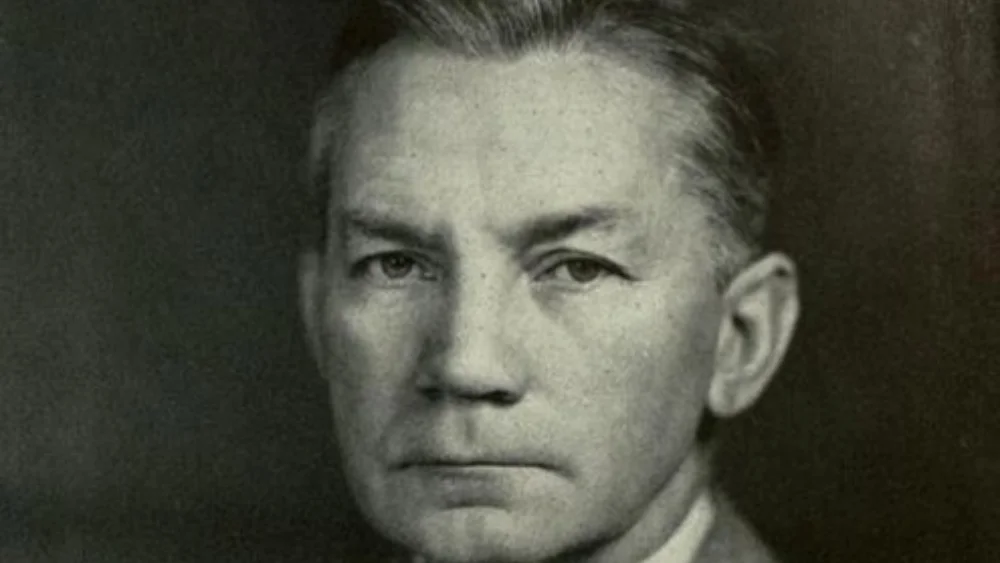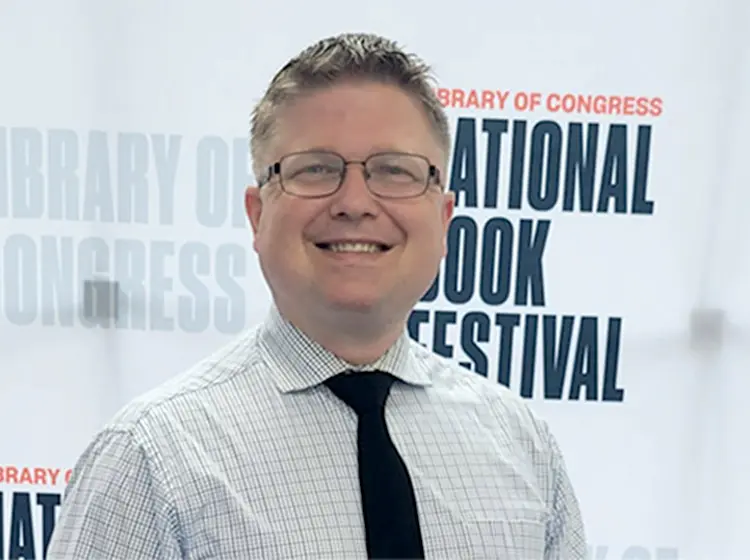James Vincent Forrestal, born on February 15, 1892, in Matteawan, New York, was a distinguished American statesman and the first individual to serve as the United States Secretary of Defense. His tenure in this crucial role during the post-World War II period was marked by his efforts to reorganize and unify the U.S. military establishment, establishing the Department of Defense. Forrestal’s contributions to national security and his commitment to strengthening the nation’s defense capabilities remain integral to the history of the U.S. Department of Defense.
Early Life and Education
James Forrestal’s early life was shaped by the humble beginnings of a working-class Irish immigrant family. Growing up in an environment marked by financial challenges, he displayed an extraordinary dedication to his education. His commitment to academic excellence shone at Dartmouth College, laying the foundation for his future endeavors. At Dartmouth, Forrestal’s interest in naval affairs began, shaping his remarkable career in American defense and national security.
Despite early obstacles, James Forrestal’s determination and academic success showcased his remarkable potential. From modest beginnings to Dartmouth, his journey exemplified resilience and passion, shaping a life devoted to public service and leadership. Forrestal’s formative years were characterized by a quiet confidence and intellectual curiosity that would later define his approach to leadership and governance.
James Forrestal: Business Career
Following his graduation, James Forrestal embarked on a highly successful business career, notably in the realm of finance. His financial talent propelled him to influential Wall Street circles, mastering high finance intricacies. Forrestal’s financial skills led to success and connections with influential government and industry figures during this time. His adept financial market navigation and sharp decision-making made him highly sought-after in the finance industry.
Forrestal rose through the ranks to become a partner at the investment banking firm Dillon, Read & Co., where he was known for his strategic thinking and calm under pressure. His experience in business taught him the importance of balancing efficiency with long-term planning, a lesson he carried into his government service. Forrestal’s financial acumen led to professional success and positioned him at the nexus of finance, government, and industry. His networking prowess solidified his status in finance and politics, laying the groundwork for his influential role in shaping defense policies.
World War II Service
In WWII, Forrestal’s public service expanded, with vital U.S. government roles showcasing his dedication to the nation’s cause. He was the Under Secretary of the Navy, overseeing the U.S. Navy’s growth and contributing greatly to the war effort. However, his influence and leadership abilities soon led to his appointment as the Secretary of the Navy by President Franklin D. Roosevelt. In this pivotal role, Forrestal played a crucial part in the expansion and modernization of the U.S. Navy during a time of immense global conflict.
As Secretary of the Navy, Forrestal’s responsibilities extended far beyond mere administrative tasks. He became instrumental in shaping the Navy’s strategic direction, procurement efforts, and wartime policies. Under his guidance, the Navy underwent significant transformations, with a focus on enhancing its capabilities and readiness. Forrestal’s leadership not only ensured that the Navy could effectively contribute to the Allied victory but also left a lasting legacy of a modernized and formidable naval force.
He emphasized innovation, efficiency, and technological advancement, pushing for more agile and powerful naval operations. His service exemplified his unwavering commitment to public service and his invaluable contributions to the defense and security of the United States during one of its most challenging periods in history.
James Forrestal and the Cold War Mindset
Forrestal’s leadership did not end with the defeat of Nazi Germany and Imperial Japan. He was one of the earliest U.S. officials to recognize the rising threat of Soviet communism. As tensions between the U.S. and the Soviet Union escalated, Forrestal became a vocal advocate for a strong national defense posture. He saw the need for a united and modern military command to respond to the global geopolitical shift and the beginning of the Cold War.
He viewed containment of Soviet influence as not just a military imperative, but a moral one. In doing so, Forrestal laid the ideological foundation for U.S. defense policy in the Cold War era. His vision of deterrence, readiness, and vigilance guided the U.S. military strategy for decades to come.
Creation of the Department of Defense
After the conclusion of World War II, President Harry S. Truman demonstrated remarkable foresight by acknowledging the necessity of a more organized and cohesive military structure for the United States. In 1947, Truman appointed James Forrestal to the groundbreaking role of the first Secretary of Defense. Forrestal’s exceptional leadership played a pivotal role in shaping the Department of Defense. His visionary approach led to a monumental achievement that forever altered the landscape of American military organization.
Under Forrestal’s guidance, the Department of Defense emerged as a central authority responsible for the coordination and integration of the various branches of the military – the Army, Navy, and Air Force. His ability to navigate complex bureaucratic landscapes and his commitment to efficiency and effectiveness resulted in the establishment of the modern Pentagon.
This momentous development not only streamlined military operations, but also brought greater coordination among the armed forces. It allowed the United States to adapt swiftly and effectively to the challenges of the post-World War II era. The establishment of the Department of Defense marked a turning point in American military organization. James Forrestal’s legacy as its architect remains a powerful testament to his lasting impact on the nation’s defense infrastructure.

Leadership Philosophy and Character
James Forrestal was known for his intense work ethic, intellectual rigor, and personal discipline. Though private and often reserved, he led with strategic foresight and a deep sense of patriotic duty. He believed in empowering leaders within the military while holding them accountable to the nation’s greater interests. His background in finance and business enabled him to apply logic, structure, and innovation to military planning.
Those who worked with him described him as principled and driven, though the burdens he carried often isolated him. He kept personal struggles private, but his commitment to his country and his belief in a strong defense never wavered. His leadership was both a model of effective administration and a cautionary tale of the personal cost of public service.
James Forrestal: Legacy
James Forrestal’s enduring legacy is deeply intertwined with two monumental achievements in American military history. As the first Secretary of Defense, he unified and streamlined the military, a visionary move that reshaped the military structure. Innovative consolidation of military branches in a single department has a lasting impact on U.S. military operations.
Forrestal’s early warning about Soviet intentions, his push for a strong postwar defense strategy, and his creation of a centralized defense apparatus continue to influence U.S. military doctrine. Today, the Department of Defense remains a pillar of national security, thanks in large part to Forrestal’s vision.
Beyond his institutional contributions, Forrestal’s story is a poignant reminder of the human side of leadership. His tragic end catalyzed discussions on mental health, the emotional toll of leadership, and the importance of supporting those who serve not just in combat, but also in public office.
Conclusion
James Vincent Forrestal was a complex figure—part financier, part visionary, and wholly committed to his country’s future. James Forrestal rose from humble beginnings to achieve remarkable success on Wall Street. He went on to play a transformative role in shaping America’s defense strategy during and after World War II. His contributions left an indelible mark on the nation’s history and established the foundation for modern U.S. defense policy. Though his life ended in tragedy, Forrestal’s legacy underscores the personal sacrifices leaders often make in service to their country.
Forrestal’s contributions continue to offer valuable lessons in strategic leadership as history unfolds. They also serve as powerful reminders of the need for compassion, support, and understanding in the realm of public service.








